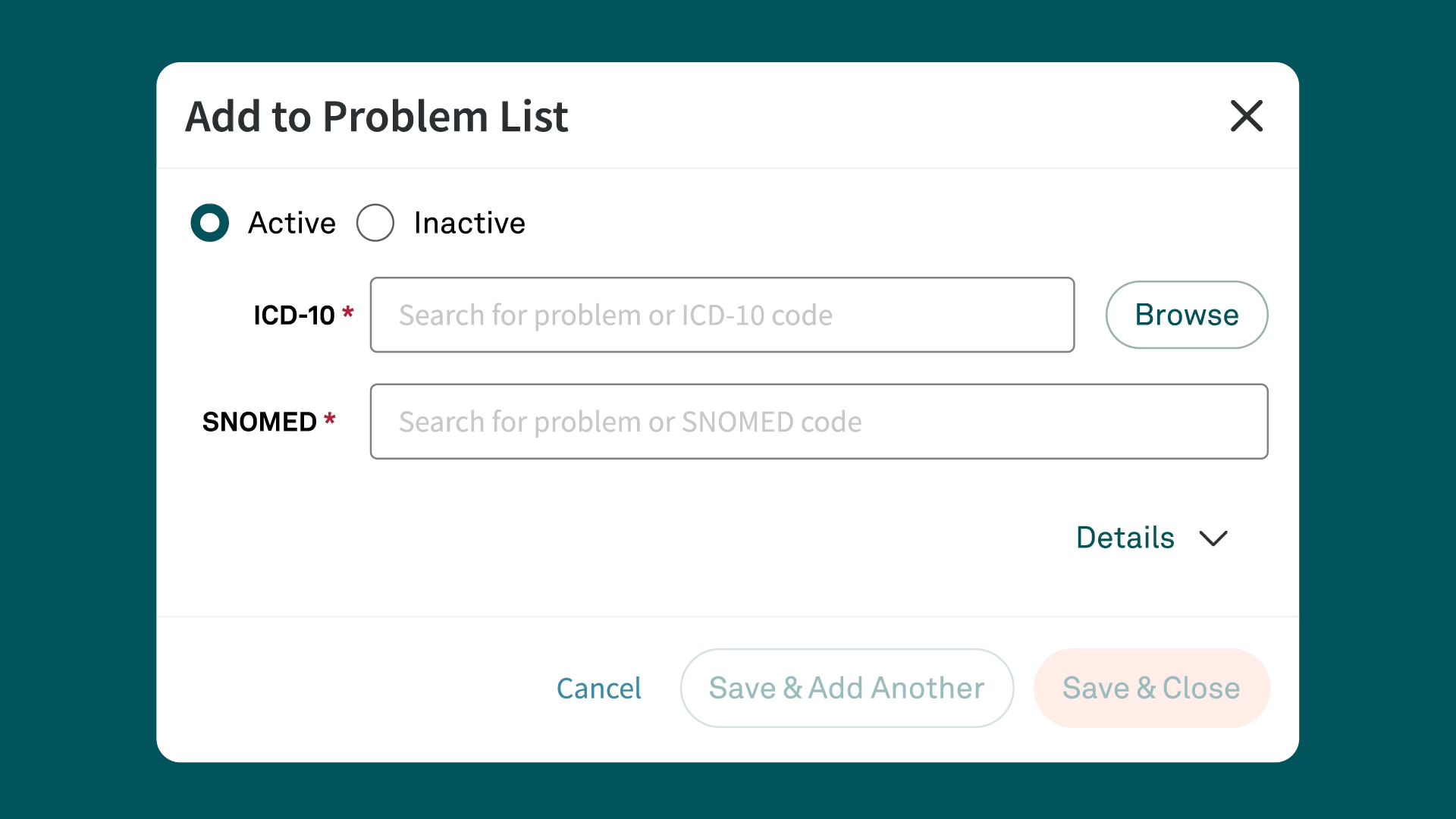ICD-10 Code F90.9
Attention-deficit hyperactivity disorder, unspecified type
What is the code F90.9?
F90.9 is a billable/specific ICD-10-CM code used for "attention-deficit hyperactivity disorder, unspecified type." This code falls under the chapter on mental, behavioral, and neurodevelopmental disorders.
Detailed description of F90.9
Apply F90.9 in situations where a patient shows signs of ADHD but doesn't meet the full criteria for the predominantly inattentive, predominantly hyperactive-impulsive, or combined types. This code is used when insufficient information specifies a particular subtype of ADHD in the diagnostic assessment. It is recommended that the patient has exhibited this behavior for at least the past 6 months and experiences impairment in everyday activities.
Symptoms commonly associated with F90.9
- Impulsiveness
- Hyperactivity
- Difficulty maintaining attention
- Often disorganized or easily distracted
- Frequent shifts from one uncompleted activity to another
Related and similar ICD-10 codes
Appropriate usage of F90.9 for billing
Use this code when ADHD is diagnosed but the documentation lacks the detail to specify the subtype of the disorder.
Use F90.0 if there are 6 or more inattentive symptoms for children or 5 for adults, more inattentive symptoms than hyperactivity symptoms, and they have persisted for at least 6 months. Inattentive symptoms include missed details, not listening, trouble following instructions, difficulty organizing tasks, avoiding tasks that require mental focus, losing things easily, being easily distracted, and being forgetful.
Use F90.1 if there are 6 or more hyperactive-impulsive symptoms for children or 5 for adults, more hyperactive-impulsive than inattentive symptoms, and they have persisted for at least 6 months. Hyperactive-impulsive symptoms include fidgeting, leaving their seat for no reason, restlessness, not being able to play quietly, being constantly in motion, talking excessively, answering questions before they are asked, difficulty waiting their turn, and interrupting others.
Use F90.2 if there are 6 or more hyperactive-impulsive symptoms for children or 5 for adults, and 6 or more inattentive symptoms for children or 5 for adults.
Reviewing each of the hyperactive-impulsive and inattentive symptoms with your patient will help you determine if you should use these codes.
Instructional guidelines for providers coding F90.9
Providers should note general ADHD symptoms and ensure that the diagnosis reflects an accurate assessment of the patient's behavioral patterns, even if the subtype cannot be specified by the provider.
Common pitfalls in coding with F90.9
- Incorrect use of F90.9 when enough information is available to specify the ADHD subtype.
- Inadequate documentation that fails to capture all relevant symptoms and behaviors.
Key resources for F90.9 coding
- CMS ICD-10 Homepage: Provides official resources and guidelines for ICD-10-CM coding.
- WHO ICD-10 Online Browser: Useful for checking the specifics of codes related to long-term medication use.
Conclusion
F90.9 allows for the coding of ADHD when subtype specification is not possible, ensuring that patients still receive appropriate care and management tailored to their symptoms. Ensure accurate use of this code for effective treatment planning and educational accommodations.
Simplify ICD-10 code documentation with Tebra
Tebra’s EHR+ gives you quick searches and Systematized Nomenclature of Medicine (SNOMED) field names for efficient code documentation. Plus, Tebra automatically saves ICD-10 to SNOMED mapping for future searches, streamlining your workflow.

Discover how Tebra helps providers effortlessly document health-related issues and conditions in this detailed post.
Download your free resource now
Access it instantly — just complete the form

Similar Codes
Stay Ahead with Expert Healthcare & Billing Insights
Get the latest industry updates, financial tips, and expert strategies — delivered straight to your inbox.

